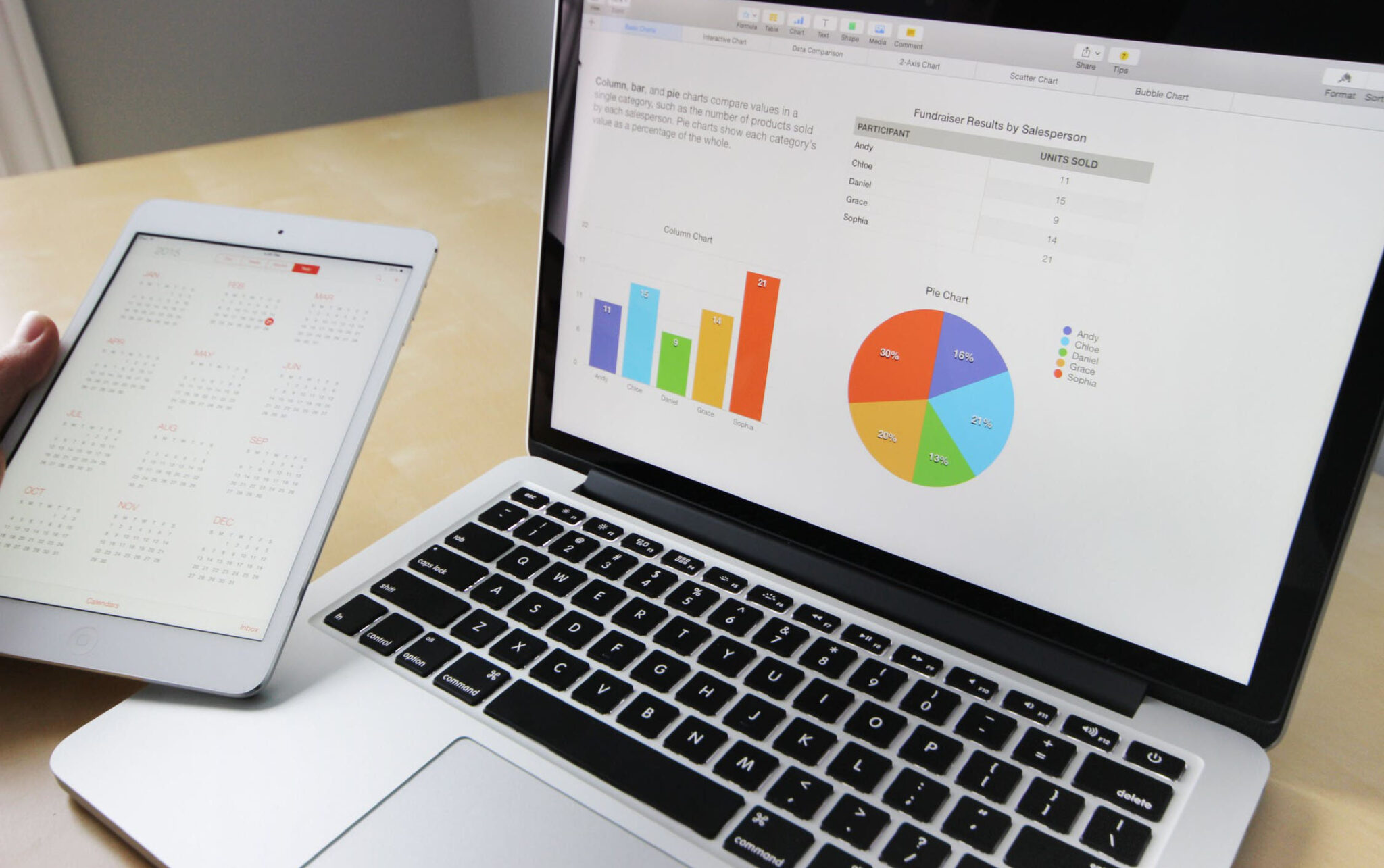As data and technology become more accessible, insurance companies are finding new ways to use them to outperform the competition. While there are many options to put data to work for your organization, three main strategies have emerged in the insurance industry: 1) introducing new business models; 2) capturing new value; and 3) leveraging new cost structures. The results of these strategies are setting the bar for how a thoughtful approach to data and analytics can change the old and established insurance game.
New business models are here to stay
The direct-to-consumer (D2C) model is well-known and relied on heavily across many industries, such as auto insurance. A number of factors have prevented commercial insurance carriers from selecting the D2C model, though. In fact, direct response carriers write less than 1% of all commercial and workers’ compensation premiums, according to the most recent Market Share Report by the Independent Insurance Agents and Brokers of America (IIABA). According to the IIABA, 25% of personal auto insurance is sold through direct response carriers, a far greater proportion than commercial insurance.
One of the factors that puts personal auto insurance at an advantage over commercial insurance is the simplicity of the product ― hence, a shorter submission process and shorter submission form. That type of experience is what customers expect when buying a product online. Until now, this reality has stymied commercial insurers. However, new data sources are enabling commercial insurers to simplify insurance applications through submission form pre-filling or complete digital on-boarding.
Next Insurance, an MGA turned insurance company, is offering insurance online and drastically reducing the number of questions in a questionnaire by using new data sources and leveraging artificial intelligence and machine learning technology. In fact, most Next Insurance customers can buy a policy in five to 10 minutes. While there are a few other important factors that prevent commercial insurance companies from adopting a D2C model, data from third-party sources helps eliminate the potential for a poor customer experience because of a long questionnaire or unknown risks taken on by the carrier.
One of the ways insurance companies are using their internal data is to establish adjacent businesses, a concept known as data monetization. These new revenue opportunities do not rely on collecting new data; rather, they can repurpose the vast amount of data insurers already collect. An insurer can sell the data anonymously to other industries that find it profitable. This could be useful for predicting trends of a particular car company or even predicting the direction of an entire industry. Quandl, for example, gathers daily counts of how many new car insurance policies are sold by auto insurance providers and sells this information to investors. An adjacent business revenue stream like this is not tied up for liquidity or capital requirements, bringing even more value to insurance companies.
See also: How We Can Overcome Uninsurability With Data
Capturing new value
Lloyd’s Emerging Risk Report about drones highlights negligent or reckless pilots as one of the fundamental risks of drones.
Many insurers ask if photographers use drones, but they do not ask more details about that usage. This can be troubling for insurers, as different uses have different consequences if the pilot is negligent or has an accident. A wedding photographer who has an accident with a drone, for example, would face very different consequences than a landscape photographer would. Not knowing this information during customer acquisition or being too narrow with eligibility requirements can hurt an insurer.
With up-to-date data, carriers can develop new business streams in various directions. For example, as a business changes over time and expands to new areas by offering new services or getting exposed to additional risks, carriers are able to automatically offer additional insurance coverage ― or deny others, and adjust rates and limits in a surgical manner.
Furthermore, carriers can quote businesses based on their exact risk rather than that of other businesses in a similar category. Reducing, or potentially eliminating, information asymmetry can revolutionize insurance.
Leveraging new cost structures
Data is enabling new and veteran commercial insurers to minimize costs and leverage new cost structures. For example, Lemonade insurance is maximizing automation to create a new expense ratio paradigm. According to a blog post by Lemonade, the company operates with an average of 2,500 policies per employee, compared with other “efficient legacy insurance carriers that have about 1,200 policies per employee.”
Lemonade’s digital platform takes in data through third parties and its own customers throughout a policy’s lifecycle and stores it for easy use across the whole insurance value chain. Thus, data automation at Lemonade can drastically reduce the need for employees to spend time in low-value processes, as the data already moves policies through the customer journey automatically. Lemonade can then deploy its valuable resources, e.g. underwriters and claim adjusters, to profitably generate more and better business.
Lemonade also handles claims through data. Lemonade’s claims bot can review a claim within a few seconds. The chatbot cross-references the claim with the policy data and applies anti-fraud algorithms, reducing the need to have a person review every claim that comes in. Furthermore, Lemonade automatically collects all incoming data, increasing the accuracy and speed of the anti-fraud algorithms and ultimately reducing false claims.
Summary
Since the inception of insurance, insurers have relied on data and statistics to determine how to price risk. But for many years data was scarce. It is not anymore. The above examples are just the tip of the iceberg of how insurance companies are using data to evolve.
Data improves the customer experience through bots, simpler insurance applications and more tailored coverages and limits. Insurers also have the opportunity to use their own data to create businesses that can be separate from insurance entirely. With super granular data continuously becoming more accurate and available, it will be interesting to see which companies will take advantage of this opportunity to win the market ― and one thing is for sure, those that don’t will not be around to see the change.







